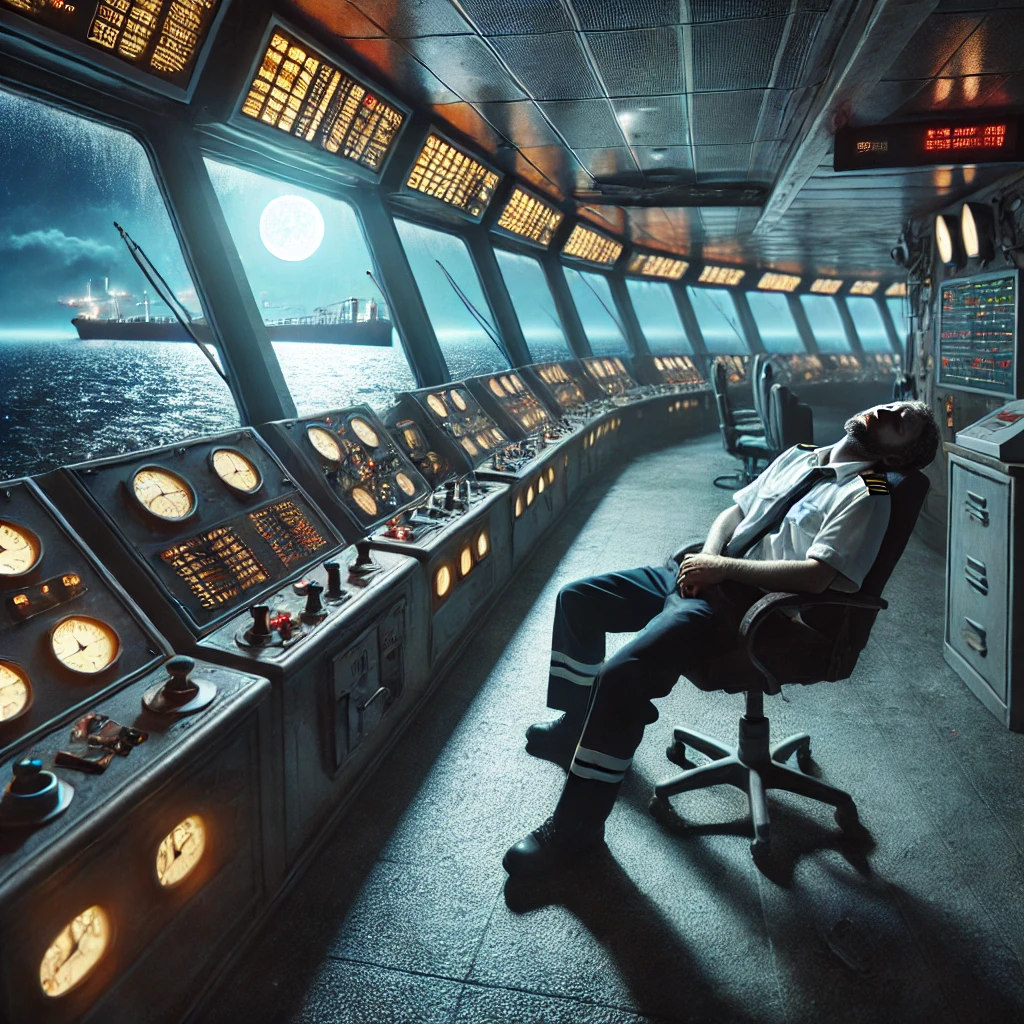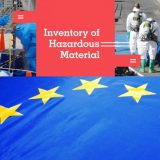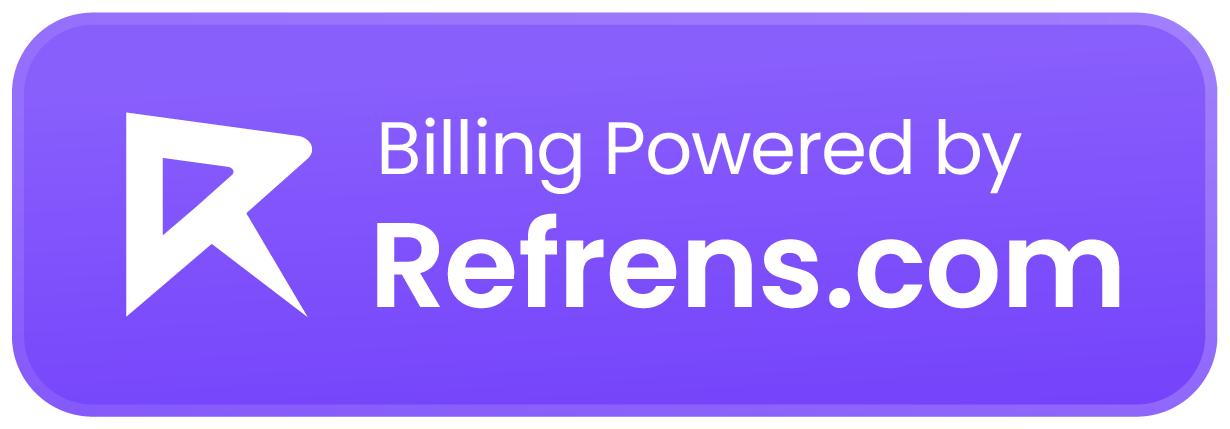KG: Hi everyone, it’s Kevin. Today is Wednesday, March 10th (day recorded). On today’s podcast I’m going to talk about a topic critical to our mission—ship certification—with someone who has had a storied career and in my view is a legend in service to our nation, especially in the business of submarines. Retired Vice Admiral Paul Sullivan graduated from the U.S. Naval Academy in 1974 and later MIT with degrees in Ocean Engineering, Naval Architecture and Marine Engineering. Admiral Sully earned his dolphins on board the nuclear-powered ballistic-missile submarine USS James Madison. Over his naval career, Paul served in a variety of roles, a lot of them right here at Electric Boat, including Ohio-class submarine project officer, Los Angeles-class project officer at SUPSHIP, staff to the Assistant Secretary of the Navy, and as Program Manager for both the Seawolf and Virginia programs. In 2005 Paul was promoted to Vice Admiral. He led NAVSEA, the Navy’s largest Echelon II Command, until his transition from the Navy in 2008. Sully has since held a variety of civilian roles, including Director of the Applied Research Laboratory at Penn State. He currently serves as a Highly Qualified Expert for the Assistant Secretary of the Navy, providing expert guidance and mentorship to PEO Submarines, PEO Columbia and PEO Maintenance and Modernization.
Admiral, welcome back to Electric Boat and thanks for your support in helping us prepare for a very busy year of ship certification. As you know, this year we will certify two new-construction Virginia ships and two Virginias completing their post-shakedown availabilities—that’s the 790 and the 791. The timing of these certifications will likely result in all of us being in the process of certification for at least three ships at the same time. We’ve got a great amount of work ahead of us, and that’s exciting, but it’s also a tremendous challenge for the community to manage, acknowledging that above all, we need to deliver a safe, high-quality and high-performing product to the operators and the Navy. So welcome again Admiral to the podcast.
Adm. Paul Sullivan (PS): Thanks, it’s an honor to be here. As you know, we just spent about an hour and a half with our senior managers downstairs talking about this subject. I was very encouraged by the great attitude and participation of everybody; it’s a team sport.
I share that with you. This is a milestone for us. We’ve been doing this podcast for just about a year now, really since COVID began. What’s transitioned from a COVID update has now become something we’re using to communicate to the rest of the community about what it is the business is facing. You are the first outside-EB guest on the podcast, and I can’t think of a better topic than ship certification and how important that is to our business than to have you as a guest for that very discussion.
You’ve got an enterprise view—not just here at EB, but Newport News and the entire Navy. What do you see as the major challenges we’re faced with as an enterprise as we approach the ship certification schedules in the months ahead and then overall as an enterprise?
PS: The challenge facing us all—this is not only people at EB and Newport News, but in the Navy headquarters, because certification is a team sport, as you know—it will be hard to make sure we’re focusing on the most important stuff; our day-to-day challenge of balancing cost, schedule and quality pushes us to the limit all the time. When we stack up ship deliveries like this, we’ve got to make sure we get it right every time, first time, as we go through all these certifications. As I mentioned in our earlier discussions today, I think the biggest challenge is actually physical stamina. Because these certifications come down very hard, and when they are back-to-back, as these certifications coming up this year are going to be, we’re going to have to make sure our people are mentally and physically prepared to go through all of that, otherwise all of the culture doesn’t matter because we’re too tired.
Absolutely, it’s a marathon, not a sprint to be sure. We also talked a little bit about some of the tragedies the submarine community has confronted over the decades, notably the Thresher and the Scorpion. There are others that are near-tragedies, such as collisions. All of these underscore the significance of what it is we do from a certification process, but we don’t want to just learn from tragedies. We want to make sure we’re learning lessons on things like a near-miss. Sometimes that’s hard to do without getting complacent over time. How do we maintain that culture absent a significant tragedy?
PS: The biggest thing we need to think about when we’re avoiding the culture of complacency that generates these tragedies is to constantly remind ourselves that every time a U.S. Navy submarine submerges, we’re putting our friends, our shipmates, and in the case of ship delivery trials, our own shipyard personnel at risk because the sea pressure is absolutely unforgiving. We do have problems, and you should know that many of the tragedies that we’ve had in our past are either out of new construction or after post-repair trials or post-shakedown availability trials—they are all important, every single one of them. With the near-misses, it is sometimes hard to recognize that it was a near-miss, but every time we do recognize we’ve had a near miss, we should run a critique to go figure out what happened, and more importantly, out of that critique should come the lessons learned that are nuggets for us to avoid that culture of complacency. If we treat the near-miss like the casualty actually happened, we do a better job of learning the lessons out of that and applying it to the future.
Let’s talk a little bit about the Thresher disaster. From our perspective, that should stay as fresh in our mind as if it happened yesterday. How do we apply that to our current workforce across the enterprise?
PS: Thresher was a first-of-class ship. I know we call it the Permit class, but it was the Thresher class and that class of ship changed everything. It was the hot-rod of the fleet at the time, and the performance from a deep diving, heavily armed, acoustically superior submarine, all of those new-hull steel, they were all game-changing technologies that we put into one submarine. I think it got away from us in that we didn’t system engineer it well enough, and we didn’t make sure that the standards that we had in our shipyards—this one was built at Portsmouth—were up to the standards of having that new technology and all of those aggressive design features. The takeaways from the Thresher were many, and they are all really still relevant today: inadequate design review of critical components and systems where we didn’t really understand what was going to happen when those were subject to the rigors of submarine operations. There was poor workmanship involved. There were signatures put in place for work that was incomplete. We had unknown weld deficiencies. We had inadequate inspection procedures, and we didn’t know in some cases how badly some of the, for instance, piping joints were on Thresher because we just didn’t have good enough non-destructive testing at the time to go evaluate all of those joints, and they were in sea-connected seawater systems, which probably was the initiation.
A lot of work practices were not up to speed with the new technology. So we learned a whole bunch of lessons including design lessons for emergency main ballast tank blow systems where we completely redesigned those. Also, sea-connected systems, we minimized those going through the submarine. Spray-tight switchboards where we thought that it was quite possible on Thresher that electric power went out because the spray from the seawater leaks impacted all the electrical equipment on board the submarine. Although those deficiencies have been corrected, every time we design a new class of submarine, we need to go look for all these new things we’re putting on the boat that could cause a problem down the road if they’re not adequately reviewed by themselves and as a system interacting with each other.
And here we are, right on the verge of introducing some new technology and putting it to sea for the first time, for example on the 790, and we’ve just completed the design on the Columbia.
PS: I would say the 790 PSA is almost a lead submarine because of all the changes we’ve made to that boat. 803 and 804 is a lead submarine in each shipyard with the VPM’s in there, the SSW boat is right around the bend, we’re working on the design for that, and the Columbia is a lead submarine, so we have a lot of first-in-class issues coming our way almost all at the same time.
You have talked about the little “c”s in certification and how they are the basis of the big “C,” ship certification. What does that mean, and why is it so important?
PS: Certification is our bond to the crew of that submarine that we did our work and our testing correctly. We’re giving our word. When each shipbuilder, then the supervisor, then NAVSEA sign off on those certifications, the signatures at the top level, I would call those the big “C,” they’re all based on submissions from the next level down, and the next level down is based on certifications all the way down to the design engineer working on the drawing-board and the tradespeople who are assembling and putting together our submarines. When we sign off on that, it’s objective quality evidence—we always talk about OQE—that’s the sign that we’ve done everything correctly in the SUBSAFE boundary, the FLY BY WIRE boundary, and for the boats that have SCOPE of CERT (DSS-SOC)—all three of those have been taken care of. I’ll call it a pyramid of signatures built all the way on the integrity of the first-level worker, whether that’s an engineer, a quality assurance person, or a tradesperson. We build those to the next level and that overall certification is dependent on that we all knew what we were signing for and we looked at it personally and have detailed personal knowledge of that signature.
Signatures, the little “c”s that happen almost every day, are really THE building block for how we get to the big C certification process. We talked about how there are some tear-down forces in today’s environment where maybe our signature doesn’t mean so much. It’s different though, with submarines, isn’t it?
PS: It sure is, and I’m very worried about this. In our world today, we’re information driven. We look at many more written words. They may be on the internet, or on our computer, but we’re actually reading more and more than our parents or grandparents. Because of information security requirements, we’re required to do single verification, double verification, triple authentication for our banking accounts, etc., and we do this at the drop of a hat in our daily business. There are some examples that drive us in the wrong direction. In 1950, to buy a house it probably was a five-page document. Today it’s a stack of documents an inch high. We sign every one of them trusting that our real estate agent and attorney knows what’s in there and that they’ve been correctly assembled. We probably look at the summary sheet and make sure the numbers line up and that’s about it, yet we sign how many pieces of paper? Same thing with buying a car—we read the sales agreement but we don’t read the fine print. Finally, downloading an app on your cell phone—when you hit “yes, I accept terms and conditions,” you’re actually making a legal commitment to that software developer that you’re not going to re-use or violate copyright, but we tend to ignore the detail and just say “yes” because after all, there are no consequences to us of that as long as we know that the software developer is not going to come after us, or our house closing is going to go through, or we are going to drive off the dealer’s lot with the car. That is absolutely not what we have to do in submarine certification. Our signature means we’ve done the work, we’ve witnessed the test, it met 100% of the requirements or it didn’t, and we adjudicated what went wrong. We either re-test, fix it or agree that the risk of living with the deficiency is correct, proper and won’t jeopardize the safety of the boat. Very, very different, and we have to almost re-train ourselves. For senior people, we have to re-train ourselves constantly because we’re all doing the same thing Generation Y and Z are doing that they grew up with. It’s not just “those young people”; it’s all of us.
An interesting question is what is your signature worth? In our business it’s worth the souls of every sailor, every EB employee, every person who ultimately ends up sailing on that ship over its life. I think you’d probably agree with me.
PS: I absolutely do. That’s why on that first dive so many people ride the boat: the 4-Star Director of Naval Reactors, the Supervisor of Shipbuilding, the Navy Program Manager, the shipbuilder President, the Ship’s Manager. All of those people because unless we’re facing our own mortality—it is that serious—we are not motivated to pay the absolute amount of diligence that we must pay to all those signatures.
We began SUBSAFE certifications after the loss of the Thresher many years ago. Since then, no SUBSAFE-certified ship has ever been lost. That’s a tremendous record, but should we be comfortable that it can’t happen?
PS: We absolutely should not be comfortable. History shows that all complex systems have failures and the two times I’ve been up here at EB I’ve been talking about complex failures and complicated systems. First off, they always fail in complicated ways, which means a whole bunch of things have to line up for you to have a bad day. Generally, it’s a cycle. You have a tragedy, you have a recovery process, you get to a culture of excellence, and then after three generations of the culture of excellence, you start to slip. And then you slip into a culture of complacency. We can’t do that; we’ve got to break that cycle and prevent that next tragedy. You can see it in the airplane industry, the space industry, the automotive industry and other complicated systems—oil rig blowouts, Deepwater Horizon, nuclear power plant accidents. The cycle of learning is tragedy, and we have to break that cycle and always stay in a culture of excellence and not go down the path to a culture of complacency. It’s very, very hard to do, but back to the start of our discussion, if we consider every near-miss as if it were the actual tragedy, we can stay on the good side of that cycle.
Terrific points, I want to say as we wrap up, thank you very much for chatting with us today on the podcast and sharing that with the rest of the EB team. This is a great way to get to 17,000 folks who come to work every day here at EB and get them to understand the significance of the certification process. I want to tell you how much I appreciate your participation, now twice, in preparing the senior team for a busy year of ship certifications ahead.
PS: Thanks, and again it’s an honor to be here, and it’s a pleasure to talk to your leadership team. Everybody is focused in the right direction.
Source: eblanding





